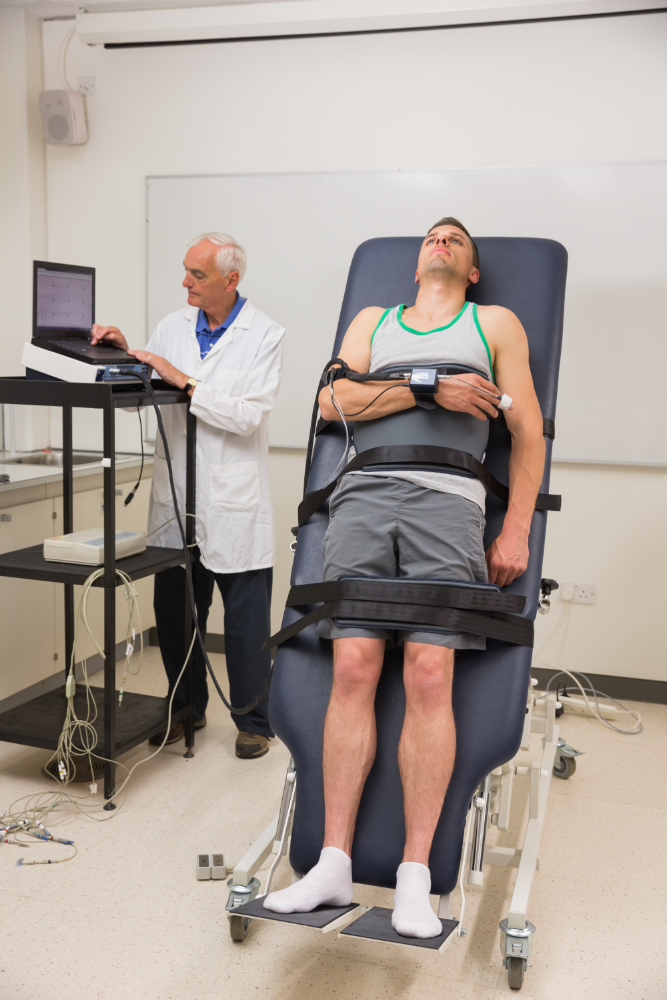Hospital Rooms
0
+
Specialist Doctors
0
+
Happy Patients
0
+
Years of Experience
0
+
General specialties
The Laparoscopic Surgery Department is well equipped with all the advanced technology and excellent infrastructure, and is supported by a skilled team of surgeons, trained technical staff and nurses. The department specializes in performing a variety of major surgeries involving breast, uterus, skin, soft tissues, abdomen and hernia. Laparoscopic surgery is also known as minimally invasive surgery or a key-hole surgery. Laparoscopic surgeries are widely performed in the fields like gastroenterology, gynecology and urology. Patients receive accurate diagnosis and assessment, latest treatment techniques along with medications, clinical post-operative care and regular follow-ups specially until complete recovery.
The benefits of laparoscopic technique over traditional open surgery include shorter length of hospital stay and speedy recovery time, lesser pain, minimal tissue trauma and bleeding after the operation, and reduced scarring. The team of surgeons are experts in performing variety of laparoscopic surgeries with great precision, and offering quality services and utmost care.
Laparoscopic Surgery – What is it?
Laparoscopic or “minimally invasive” surgery is a specialized technique for performing surgery. In the past, this technique was commonly used for gynecologic surgery and for gall bladder surgery. Over the last 10 years the use of this technique has expanded into intestinal surgery. In traditional “open” surgery the surgeon uses a single incision to enter into the abdomen. Laparoscopic surgery uses several 0.5-1cm incisions. Each incision is called a “port.” At each port a tubular instrument known as a trochar is inserted. Specialized instruments and a special camera known as a laparoscope are passed through the trochars during the procedure. At the beginning of the procedure, the abdomen is inflated with carbon dioxide gas to provide a working and viewing space for the surgeon. The laparoscope transmits images from the abdominal cavity to high-resolution video monitors in the operating room. During the operation the surgeon watches detailed images of the abdomen on the monitor. This system allows the surgeon to perform the same operations as traditional surgery but with smaller incisions.
In certain situations a surgeon may choose to use a special type of port that is large enough to insert a hand. When a hand port is used the surgical technique is called “hand assisted” laparoscopy. The incision required for the hand port is larger than the other laparoscopic incisions, but is usually smaller than the incision required for traditional surgery.
Advantages Of Laparoscopic Surgery
Compared to traditional open surgery, patients often experience less pain, a shorter recovery, and less scarring with laparoscopic surgery.
What Kinds Of Operations Can Be Performed Using Laparoscopic Surgery?
Most intestinal surgeries can be performed using the laparoscopic technique. These include surgery for Crohn’s disease, ulcerative colitis, diverticulitis, cancer, rectal prolapse and severe constipation.
In the past there had been concern raised about the safety of laparoscopic surgery for cancer operations. Recently, several studies involving hundreds of patients have shown that laparoscopic surgery is safe for certain colorectal cancers.
The benefits of laparoscopic technique over traditional open surgery include shorter length of hospital stay and speedy recovery time, lesser pain, minimal tissue trauma and bleeding after the operation, and reduced scarring. The team of surgeons are experts in performing variety of laparoscopic surgeries with great precision, and offering quality services and utmost care.
Laparoscopic Surgery – What is it?
Laparoscopic or “minimally invasive” surgery is a specialized technique for performing surgery. In the past, this technique was commonly used for gynecologic surgery and for gall bladder surgery. Over the last 10 years the use of this technique has expanded into intestinal surgery. In traditional “open” surgery the surgeon uses a single incision to enter into the abdomen. Laparoscopic surgery uses several 0.5-1cm incisions. Each incision is called a “port.” At each port a tubular instrument known as a trochar is inserted. Specialized instruments and a special camera known as a laparoscope are passed through the trochars during the procedure. At the beginning of the procedure, the abdomen is inflated with carbon dioxide gas to provide a working and viewing space for the surgeon. The laparoscope transmits images from the abdominal cavity to high-resolution video monitors in the operating room. During the operation the surgeon watches detailed images of the abdomen on the monitor. This system allows the surgeon to perform the same operations as traditional surgery but with smaller incisions.
In certain situations a surgeon may choose to use a special type of port that is large enough to insert a hand. When a hand port is used the surgical technique is called “hand assisted” laparoscopy. The incision required for the hand port is larger than the other laparoscopic incisions, but is usually smaller than the incision required for traditional surgery.
Advantages Of Laparoscopic Surgery
Compared to traditional open surgery, patients often experience less pain, a shorter recovery, and less scarring with laparoscopic surgery.
What Kinds Of Operations Can Be Performed Using Laparoscopic Surgery?
Most intestinal surgeries can be performed using the laparoscopic technique. These include surgery for Crohn’s disease, ulcerative colitis, diverticulitis, cancer, rectal prolapse and severe constipation.
In the past there had been concern raised about the safety of laparoscopic surgery for cancer operations. Recently, several studies involving hundreds of patients have shown that laparoscopic surgery is safe for certain colorectal cancers.

Address
861, 4/158, Begur Rd, Hongasandra,
Bengaluru, Karnataka 560068
Call Us Any Time
9606 030 142 / 143 / 144
Email Us
support@curemaxhospitals.com

